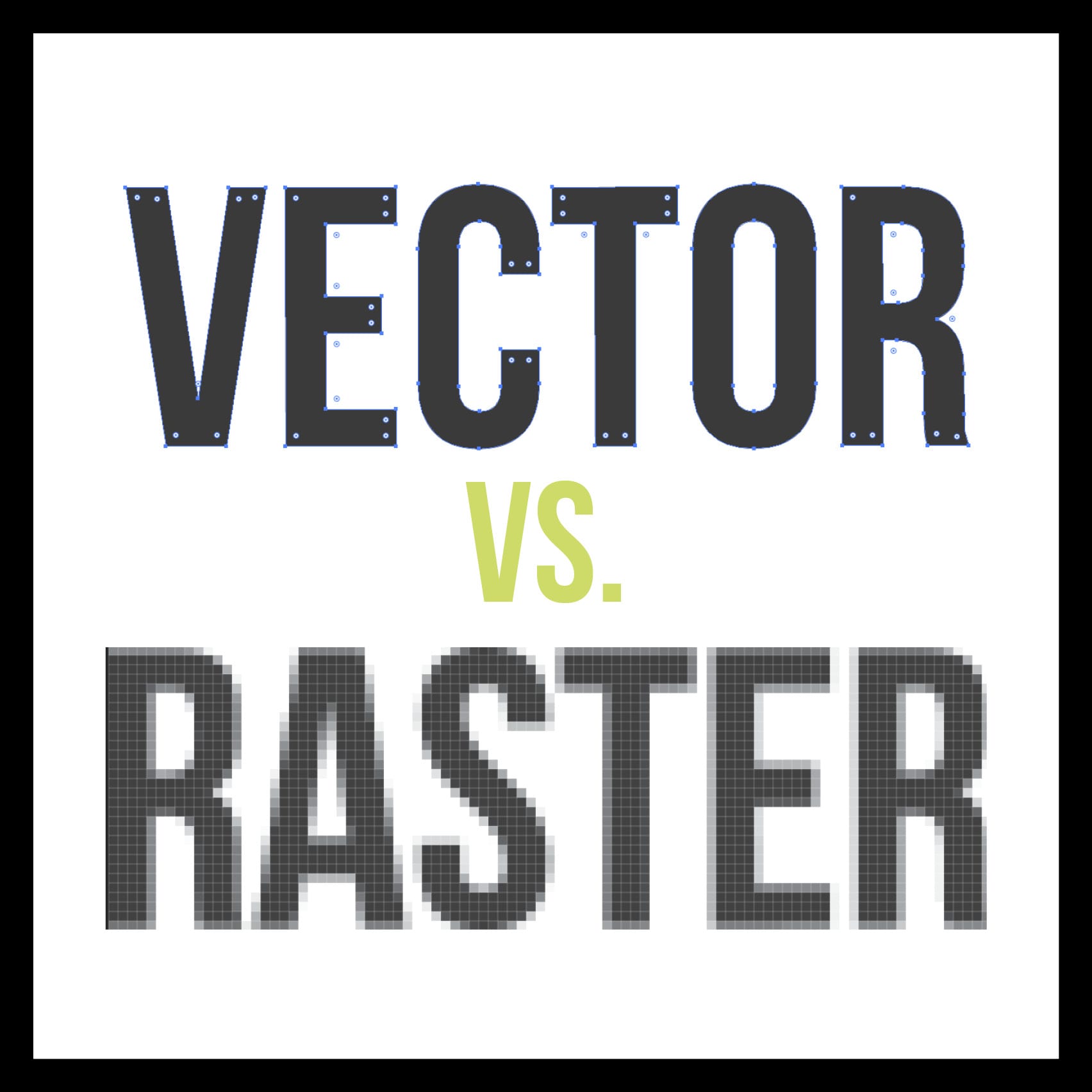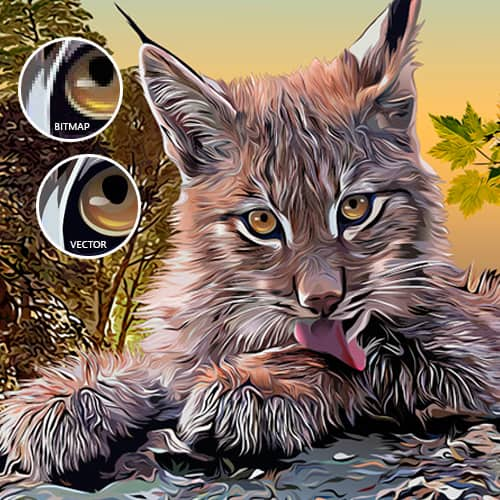

The data should load like in the following images.Ĭheck our ArcGIS Pro courses for specialized training. Your maps and scenes can be synchronized to work together via the use of view linking. View linking is a navigation experience and can be used for multiple maps, scenes, or a mix of these 2D and 3D views comparison. You can see spatially related content side by side using the Link Views Function. To change between the view modes, go to the View tab, in the View group, click your desired mode. In this case is almost impossible to notice Earth curvature. In Local Mode, the Earth is drawn in perspective and show a small area from your loaded data, your viewpoint is usually tens of kilometers from the data.The resolution of a raster file is referred to as DPI (dots per inch) or PPI (points per inch), and is the main determining factor for increasing file size. When zoomed in closely, the individual pixels can be observed. This view is best for very large study areas. Raster images are made up of many tiny squares called pixels and are often referred to as ‘bitmap’ images. In Global Mode, the Earth is drawn as a globe and your viewpoint is usually thousands of kilometers from the data.Some do this by selectively laying down print material or binding. A scene can be viewed in two modes: global or local. Instructor 3D printers create an object by building up one thin layer on top of another. In ArcGIS Pro, a 3D map is called a scene. This can be made in a simple and easy way, through the function Convert which can be accessed from the View Menu. One of the greatest advantage of using ArcGIS Pro is the possibility of visualize your data in 2D and 3D separately or simultaneously.

Using ESRI products, Carto, Mapbox and Google MapsĪrcGIS Pro is a big step forward in the visualization, analytics, image processing, management and integration of spatial data.AI) or create a raster (JPG) with the exact dimensions desired and at 300dpi. Instead you should use a vector version of your logo (.EPS or. That 72dpi logo may look great on your computer monitor, but when it prints at 300dpi it will look pixilated. If have a 72dpi jpg of your logo and it’s 2-inches by 3-inches, it will need to be “stretched” to more than 3 times the size to get it up to 300dpi. For example, let’s say you want to print your logo at 2″x3″ on a brochure. Resizing a low DPI image pulled from the web to fit the dimensions of your print project won’t work because the same finite number of pixels only get bigger and begin to distort. To correctly print an image, it should be at least 300dpi, a much higher pixel density than the web displays. But this same low DPI image may not be suitable for printing on a brochure or packaging. Raster images with a low DPI in the 72-100 look nice and crisp on the web. Theyre also used in web-based objects, rendering 2D or 3D computer animation, and even for coin design, laser engraving, T-shirts, and everything in between. While monitors can display higher resolution the web also needs to optimized for speed so images around 100 dpi hit the sweet spot for looking great on a screen but also loading quickly. That said many images on the web are still in that 72-100 dpi range. Raster graphics are those made up of a grid or dot matrix of color or pixels. The web, historically, displays 72dpi (72 dots or pixels per inch) – a relatively low pixel density however most modern displays are now much higher. raster graphics and vector graphics, with further 2D and 3d variants.


 0 kommentar(er)
0 kommentar(er)
